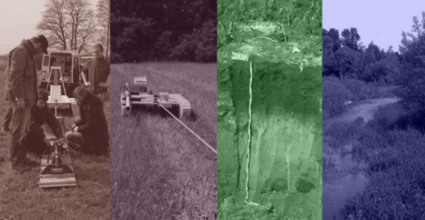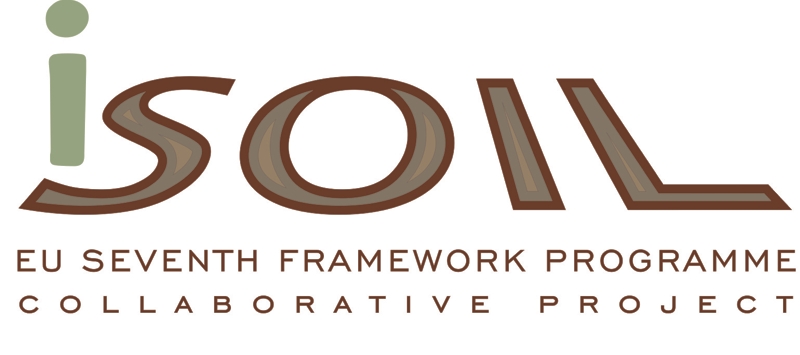

iSOIL
Interactions between soil related sciences – Linking geophysics, soil science and digital soil mapping
Duration: 2008-2011 (36 months)
Sponsor: EU-FP7 (Contract No. 211386)
Consortium: 19 partners from 9 European countries
As formulated in the Thematic Strategy for Soil Protection prepared by the European Commission, soil degradation is a serious problem in Europe. The degradation is driven or exacerbated by human activity and has a direct impact on water and air quality, biodiversity, climate and human life-quality.
High-resolution soil property maps are one major prerequisite for the specific protection of soil functions and restoration of degraded soils, as well as sustainable land use, water and environmental management. However, currently available techniques for (Digital) Soil Mapping still have some deficiencies in terms of reliability and precision, the feasibility of investigation of large areas (e.g. catchments and landscapes) and the assessment of soil degradation threats at this scale. A further quandary is the insufficient degree of dissemination of knowledge between the scientific community, relevant authorities and prospective users (and therefore the resultant deficiencies associated with standardisation).
The focus of the iSOIL project is on developing fast and reliable techniques and equipment for mapping soil properties, soil functions and soil degradation threats. This requires the improvement and integration of geophysical and spectroscopic measurement techniques, in combination with advanced soil sampling approaches, pedometrical and pedophysical approaches. An important aspect of the project is the sustainable dissemination of the technologies and concepts developed. For this purpose, guidelines will be written and published. Furthermore, the results will be implemented across National and European soil databases. Reports on the current state of technologies and future perspectives will also be transferred to authorities, providers of technologies (SMEs), and end users, through workshops at regional level, international conferences and publications throughout the duration of this project.
